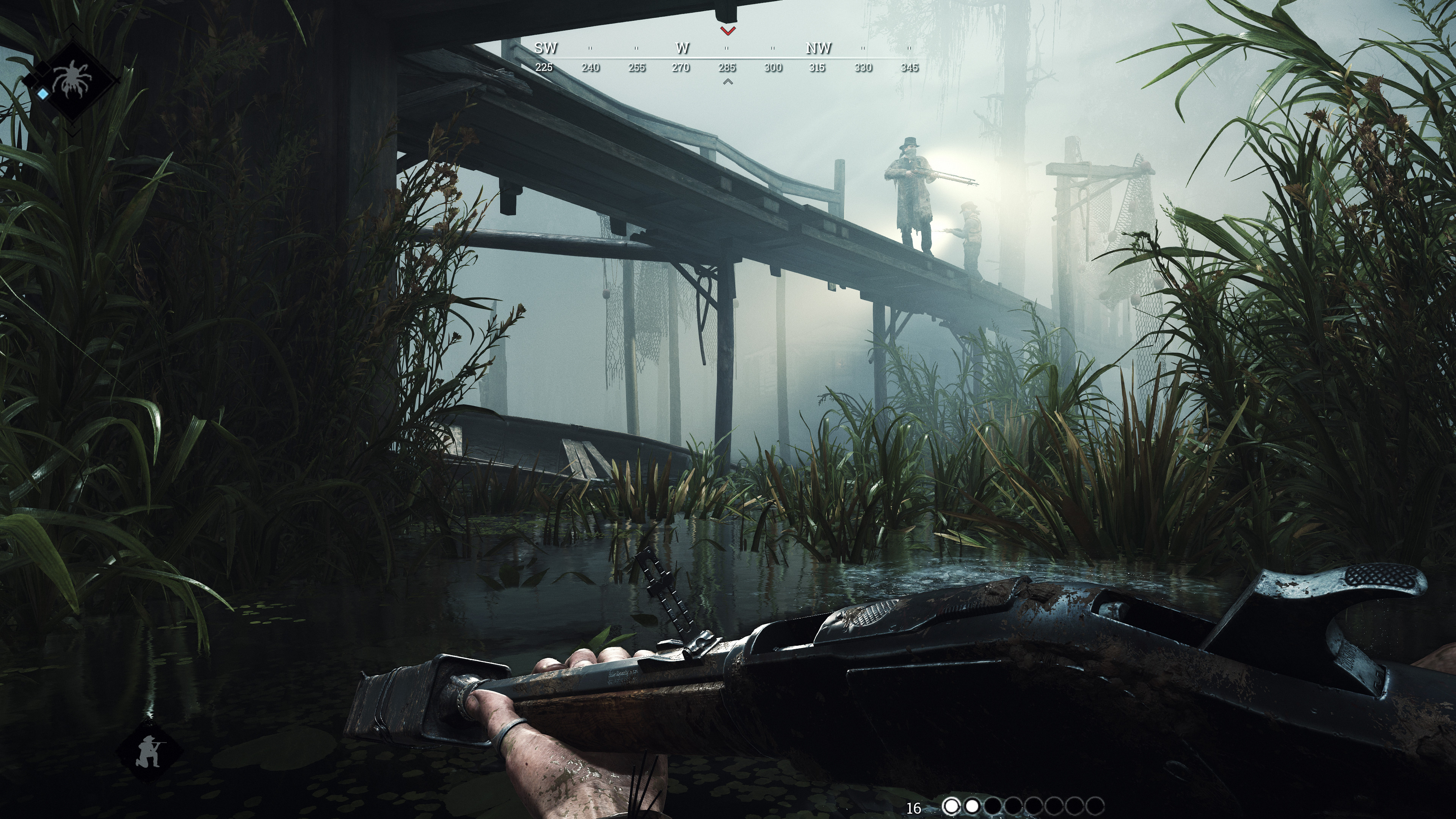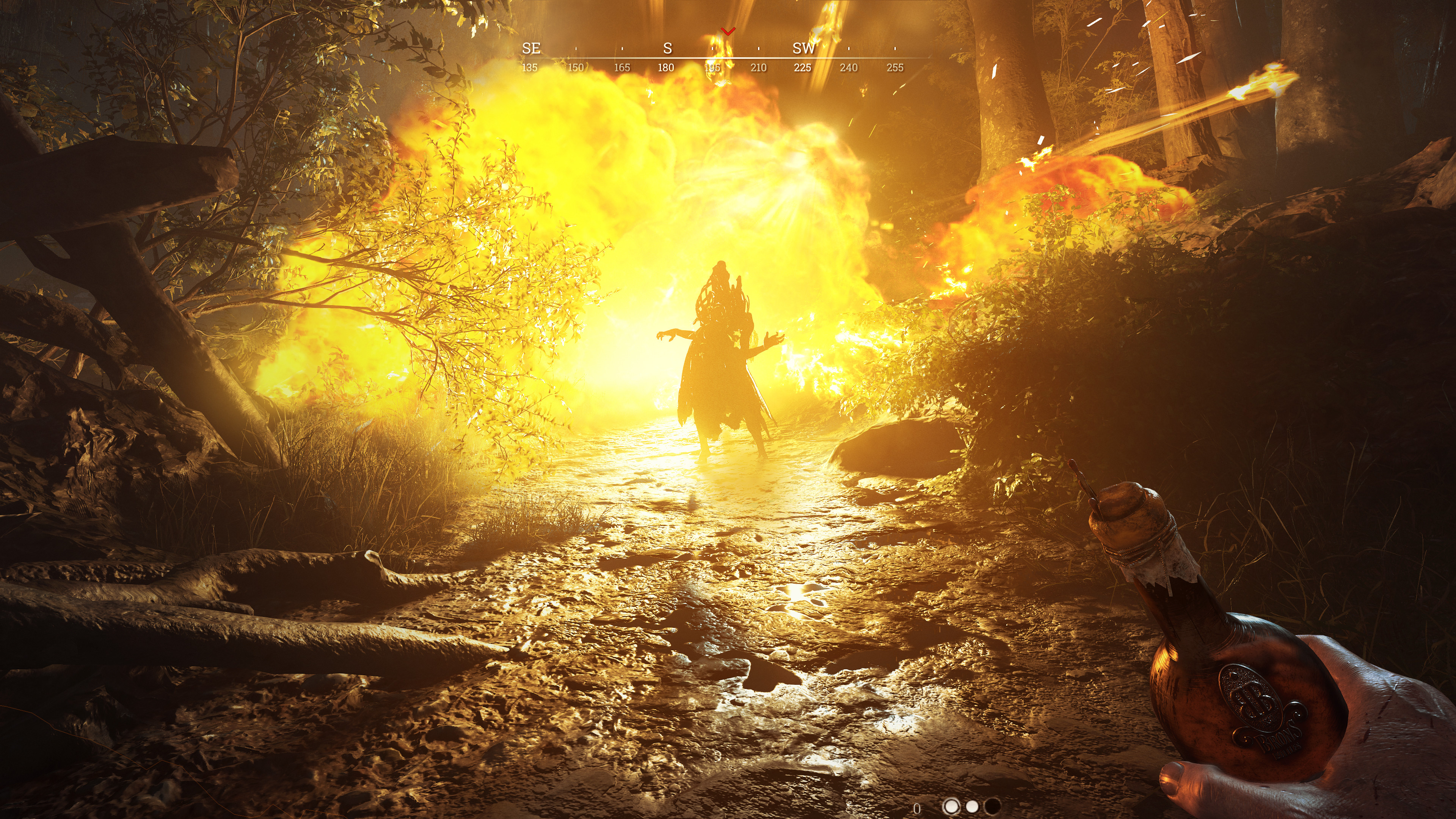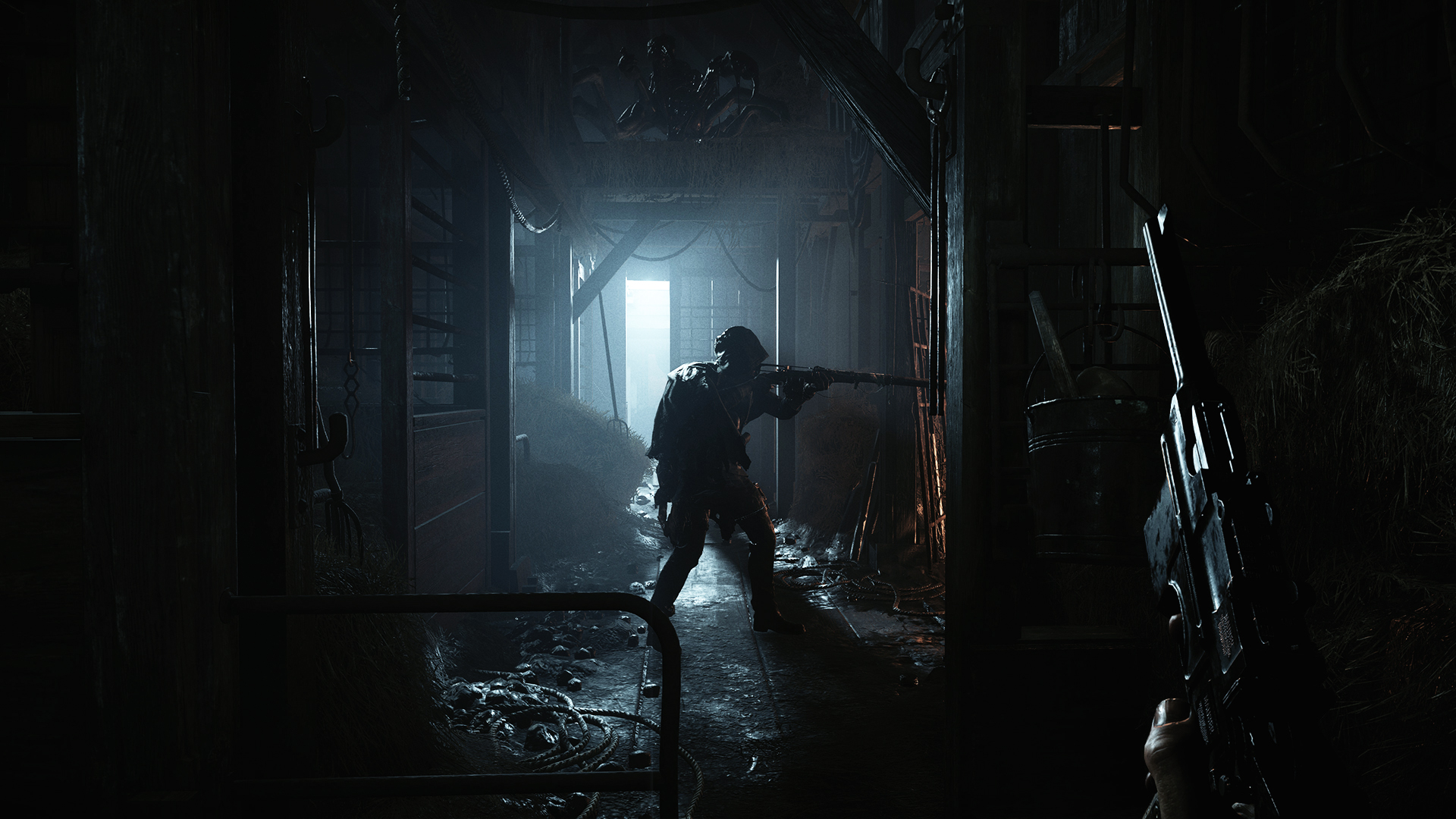The evolution of Hunt: Showdown
There’s a lot of weird stuff living in the swamp. Water devils, hellhounds, and of course, a unique competitive horror game about doing whatever it takes to extract a grisly prize from a haunted backwater.
Like a gourmet mushroom growing on the underside of some disgusting log, Hunt: Showdown has quietly become one of the best multiplayer games on PC. And because it came to Steam Early Access, we got to experience that transition first-hand. It’s time to look back on the evolution of Hunt and take stock - while firmly gripping the stock of your rifle, naturally. Take careful aim, because you don’t want to miss. The reload on that thing is a killer.
Gilded lily
Some of Hunt’s most fascinating changes happened before it even came out. Originally a spiritual successor to Darksiders called Hunt: Horrors of the Gilded Age, it would have been the debut project of Crytek USA. After the studio shut down, however, the project was brought home to the company’s Frankfurt HQ, where it became an FPS. With the period setting already locked in, the developer doubled down on the classical weaponry, which gives Hunt its steady, unrushed pace. Patience is a virtue in this game, as well as a survival tool.

PUBGarden
Hunt is sometimes referred to as a Bayou Royale, which, first of all, top marks for wordplay. And there is something to the comparison: like PUBG, Hunt takes a large, open map and pushes players gradually closer together, triggering high stakes encounters. It’s a smart way to compress the best bits of DayZ into bitesize matches, while preserving the permadeath.
For the real Warzone heads, Crytek added a Quickplay mode in early access. Usually in Hunt, you never lose so long as you make it out alive. But in Quickplay, all 12 players are damned, chasing after a single Wellspring that will save them from burning up once the match timer hits zero. It’s a recipe for desperate, clumsy clashes - and a great trial by fire for a new character if you’re adding to your roster. When they win, they get christened with an antiquated name like Reinhard Winkler or Tamrat Finch, which is a prize in itself.
Rule of thirds
Hunt was initially designed to be played alone or in duos. But by popular request, Crytek enabled teams of three, and I like the contrast that squad makeup creates. You’ll often be sneaking through the woods, taking care to be neither seen nor heard, and pick up the telltale signs of a trio. In a game with so many audio cues, three sprinting players sound like a brass band falling down a flight of stairs. They’re exposed to ambushes, but then again, there are three of them. Are you really gonna pick that fight?

Horrible bosses
Every player in Hunt is competing to take down a big baddy, which will be crashing around an old church or warehouse somewhere on the map. Each one has a unique design, like the scurrying Spider or towering Butcher. But they all share a sense of tragedy, as if they’ve been wronged somehow. My favourite is Scrapbeak, a civil war soldier and double amputee warped by trauma. He was introduced earlier this year, and built to force players out of old habits. Like a magpie, Scrapbeak surrounds himself with gear like traps and ammo. Only by going on the offensive can you cause him to shed his supplies, then hoover them up during the fight. It’s a neat reversal of the game’s preparation phase. And, y’know, pretty creepy.
Boots on the ground
Is it possible to get trenchfoot in Hunt: Showdown? To be honest, none of my characters have lived long enough to find out. But it can’t hurt for them to hit dry land once in a while, if only to bail out their boots. That’s why it’s exciting to see the game’s next map, where the soil is apparently solid enough to carry a whole train without losing it to the quagmire. Sure, bushfires might burn half your health bars away, leaving you vulnerable to one-shots from zombies. But hey: look at the choo choo.

Don’t cry for Crytek
There’s something warm and reassuring about a once-great developer finding its groove again. Back in the day, PC Gamer magazine subsisted entirely on screenshots of the original Far Cry. And for years, Crysis was the de facto test to find out whether you’d built a new PC properly - or simply put together an expensive footrest. But Crytek went off the boil afterwards, as it struggled to balance commercial appeal with open world innovation.
Thanks to Hunt: Showdown, we can stop feeling bad about all that. Its success is testament not just to the game’s evolution, but that of Crytek itself. There’s loads of Far Cry’s stealth simulation here, but applied in a way that uses players to create endless setpieces, rather than 15 hours of explosions. The result is the studio’s best game ever, even if the screenshots do always come out a bit dark.

Post a Comment